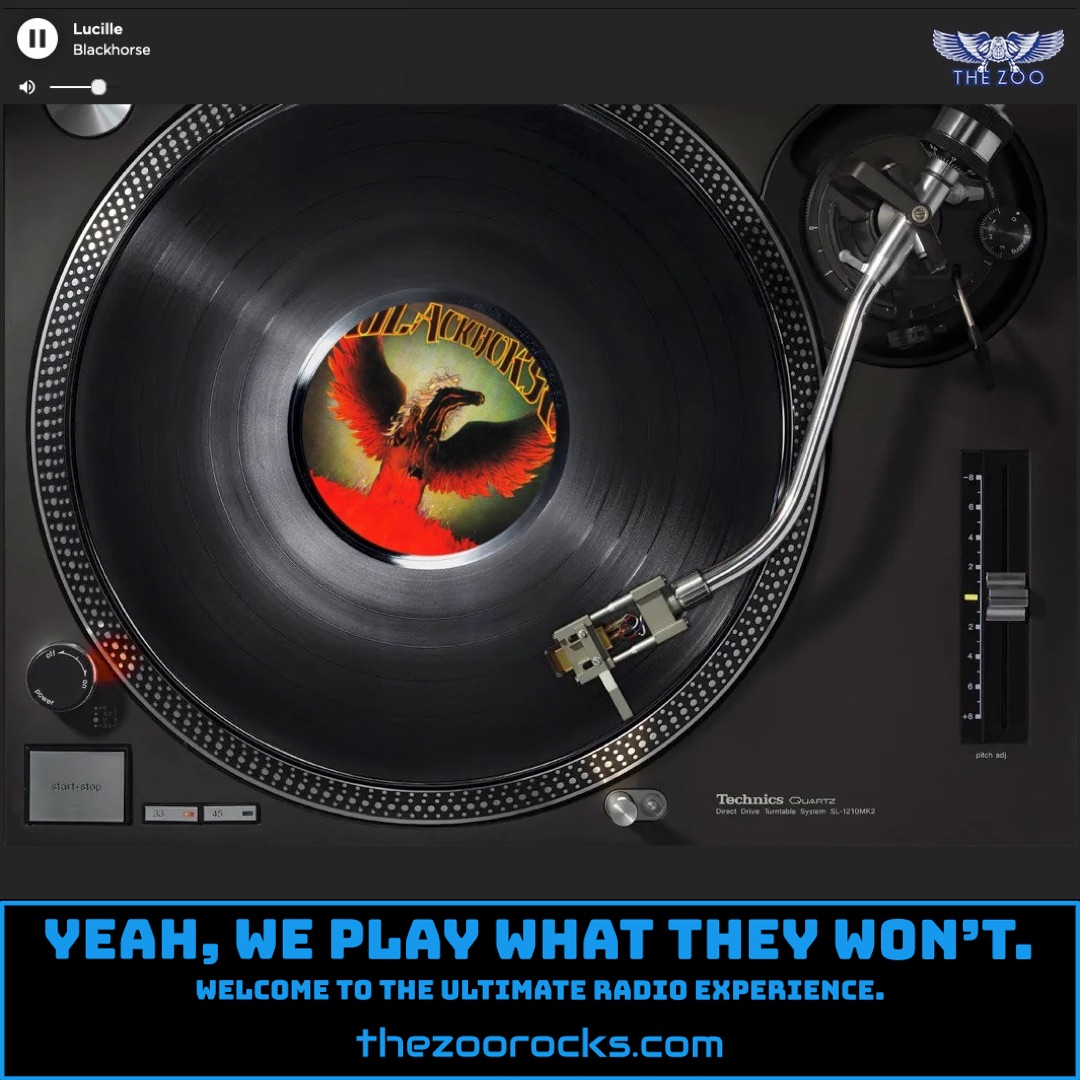Sugar Magnolia
Grateful Dead
The Zoo Crew is spinning the iconic Grateful Dead track "Sugar Magnolia" from their 1970 album American Beauty, a favorite among Zoo Freaks. This song, written by Robert Hunter and Bob Weir, is one of the band’s most beloved, often paired with its high-energy coda, "Sunshine Daydream." According to dead.net, "Sugar Magnolia" debuted live on June 7, 1970, at the Fillmore West in San Francisco and became the band’s second-most-played concert song, with 596 performances, trailing only "Me and My Uncle." The song’s live performances were unique, as the band sometimes split "Sugar Magnolia" and "Sunshine Daydream," with the coda played later in a set, or even days or weeks apart, such as during the week of promoter Bill Graham’s death, when the coda was delayed for an entire week. Bob Weir, in an interview on the Good Ol’ Grateful Deadcast, discussed how the song evolved from a mellow country tune on the album to a "balls-out rocker" on stage, showcasing the band’s dynamic live energy.
Another fascinating tidbit comes from the Grateful Dead’s official podcast, where guests like Pavement’s Stephen Malkmus and Yo La Tengo’s Ira Kaplan shared their personal connections to "Sugar Magnolia." The song’s lyrics, particularly Weir’s line "She can dance a Cajun rhythm / Jump like a Willys in four wheel drive," sparked some debate. In Phil Lesh’s autobiography, cited in the Complete Annotated Grateful Dead Lyrics, this car reference caused tension between Weir and Hunter, leading Hunter to hand over responsibility for Weir’s lyrics to John Perry Barlow. The "Willys" refers to a Willys-Overland Jeep, known for its rugged bounce, a vivid metaphor for the song’s free-spirited muse. Some speculate the song was inspired by Weir’s then-girlfriend, Frankie Weir, a go-go dancer who later founded the band’s travel agency, Fly By Night Travel, as noted in Rhoney Stanley’s book Owsley and Me: My LSD Family. However, Weir has suggested the song’s muse is more of an idealized fantasy, akin to Tolkien’s Goldberry, as mentioned on Songfacts.
The Grateful Dead formed in 1965 in Palo Alto, California, emerging from the vibrant Bay Area counterculture. Originally called The Warlocks, the band—Jerry Garcia (lead guitar, vocals), Bob Weir (rhythm guitar, vocals), Ron "Pigpen" McKernan (keyboards, harmonica, vocals), Phil Lesh (bass, vocals), and Bill Kreutzmann (drums)—adopted their name after Garcia found it in a dictionary, evoking their eclectic blend of folk, blues, country, and psychedelia. Mickey Hart joined as a second drummer in 1967, solidifying their signature sound. Their early days were tied to the acid test parties organized by Ken Kesey and the Merry Pranksters, where they played under the influence of LSD, forging a deep connection with their audience, later known as Deadheads. This bond grew through relentless touring, with fans following the band across the country, creating a nomadic community of music, art, and countercultural ideals, as described on thefullpint.com. Their innovative approach to live performances, including extended jams and a taping culture that encouraged fans to record shows, set them apart as pioneers of the jam band movement.
The Grateful Dead’s legacy endures through their music and devoted fanbase. Their official website, dead.net, offers news, archival releases, and merchandise, while their Facebook page connects with fans through posts about reissues and live recordings. On Instagram, they share vintage photos and concert memorabilia, and their X account engages Deadheads with updates and reflections, like a 2020 post celebrating "Sugar Magnolia" and American Beauty. Fan communities thrive online, with groups like the Sugar Magnolia - Grateful Dead Tribute on Facebook, a Cleveland-based tribute band, and fan sites such as Deadheadland and Dead Listening, where fans discuss shows, lyrics, and the band’s cultural impact. These platforms keep the Dead’s spirit alive, much like the Zoo Crew’s vinyl spins for their Zoo Freaks.

